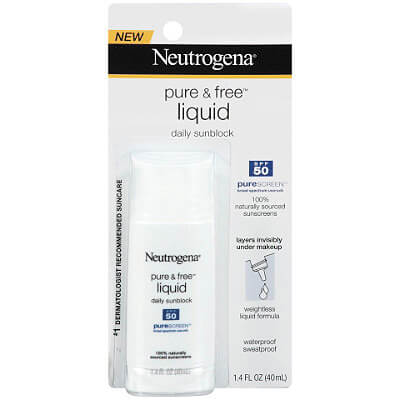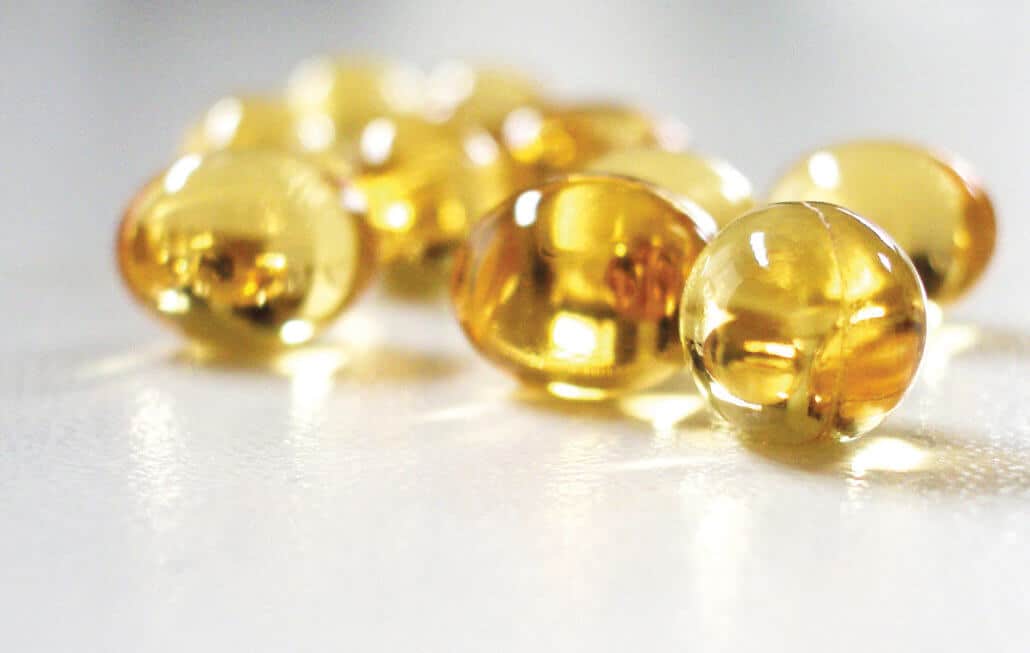Share this Post
Skin cancer is a year-round problem
Once the weather cools and the leaves start to turn, people put away their summer clothes and many pack up their sunscreen, too. But experts warn you should wear sunscreen year round to prevent sun damage and potentially skin cancer. We spoke with Dr. Elizabeth Ju of North Carolina Dermatology Associates about the importance of protecting your skin.
The Melanoma Foundation recently came out with a survey that found 65 percent of respondents in the South did not regularly apply sunscreen in the fall. What do you advise your patients?
I tell my patients that they need to apply sunscreen if they are going to be outside for more than 15 minutes. Ideally, they would reapply every two hours, but this is often difficult. In addition, I recommend using a daily facial moisturizer that contains a physical blocker sunscreen of at least an SPF of 30 in the morning regardless of what the weather is outside. It is important to note that you can still get a sun burn on a cloudy day, as the clouds cannot completely filter out all of the UVA and UVB coming from the sun. Studies have shown that regular use of sunscreen reduces pre-skin cancers known as actinic keratosis. The other benefit of daily sunscreen use is also to prevent photo aging.
What about winter? Can we get away with a lower SPF?
Patients should definitely continue to apply sunscreen during the winter months. In particular, I have seen severe sunburns from skiing or snowboarding, as there is additional UV exposure from the rays being reflected off the snow. I do not recommend using a sunscreen with a lower SPF than 30, even during the winter months.
The study also showed that women are twice as likely to wear sunscreen as men. Why do you think this is the case?
I think women are twice as likely to wear sunscreen than men because they are used to applying something to their skin daily, be it make up or a daily moisturizer. Most facial moisturizers, primers, foundations, and concealers already contain sunscreen. For men, applying sunscreen would be an extra step in their morning routine. In addition, most men do not prefer the way that the sunscreen feels on their skin. The most common complaint of sunscreen use is immediate stinging or burning on application, which is usually irritant in nature.
Do you recommend specific products?
I strongly recommend a physical blocker. Sunscreens have traditionally been divided into chemical absorbers and physical blockers based on their mechanism of action. Physical sunscreens reflect or scatter the UV rays, while chemical sunscreens absorb high-intensity UV rays and through a chemical reaction converts the absorbed energy into longer, lower-energy wavelengths. Physical blockers are also broad spectrum, providing coverage for both UVA and UVB rays. The two active ingredients to look for in physical blockers are titanium dioxide and zinc oxide. For acne prone patients with oily complexions, oil-free, alcohol-based gel or a lighter feeling cosmetic sunscreen moisturizer may be more appropriate.
Do physical blockers leave a white sheen over the face?
In the past, physical blockers have had poor acceptance due to the texture of the sunscreen. More recently, microsized “nanosized” forms have become available [that are more] comfortable and sheer on the skin. Elta MD and Avene are just two brands that carry physical blocking sunscreens that are “tinted” to match one’s natural skin tone. For the face, I recommend Avene’s High Protection Compact sunscreen, Elta MD’s Facial Tinted sunscreen, Neutrogena Purescreen, or Cerave Invisible Zinc. Personally, Avene’s compact sunscreen is my favorite for the face. For the body, Blue Lizard works well and is affordable.
A study released by JAAD over the summer showed that skin cancer is more deadly in people of color because it is often diagnosed at later stages. It also noted that 67 percent of African Americans said they never wear sunscreen in fall or winter. What are your recommendations to people of color?
People of color can still get sunburned and develop skin cancer from UV damage. To prevent premature aging and damage that can lead to skin cancer, everyone should practice sun-safe habits. Other risk factors such as genetics and environment can also increase one’s risk of skin cancer. I encourage all patients, including people of color to wear protective clothing, hats and UV-blocking sunglasses. Lastly, acral lentiginous melanoma (ALM), an especially dangerous form of melanoma that typically appears on the palms of the hands and soles of the feet is more prevalent in darker skinned individuals. Seek medical attention by a board certified dermatologist if [you] have a growing dark spot or mole that is concerning, but particularly if it is on the hands or soles of the feet.
Share this Post












Comments
Thanks so much for conducting and sharing this interview. Sun protection is so important year-round as the sun is a leading cause of skin damage and premature skin aging. Additionally according to the Skin Cancer Foundation 90% of skin aging is caused by the sun. The sun doesn’t discriminate by race, age or gender so wearing sunscreen is vital for everyone.